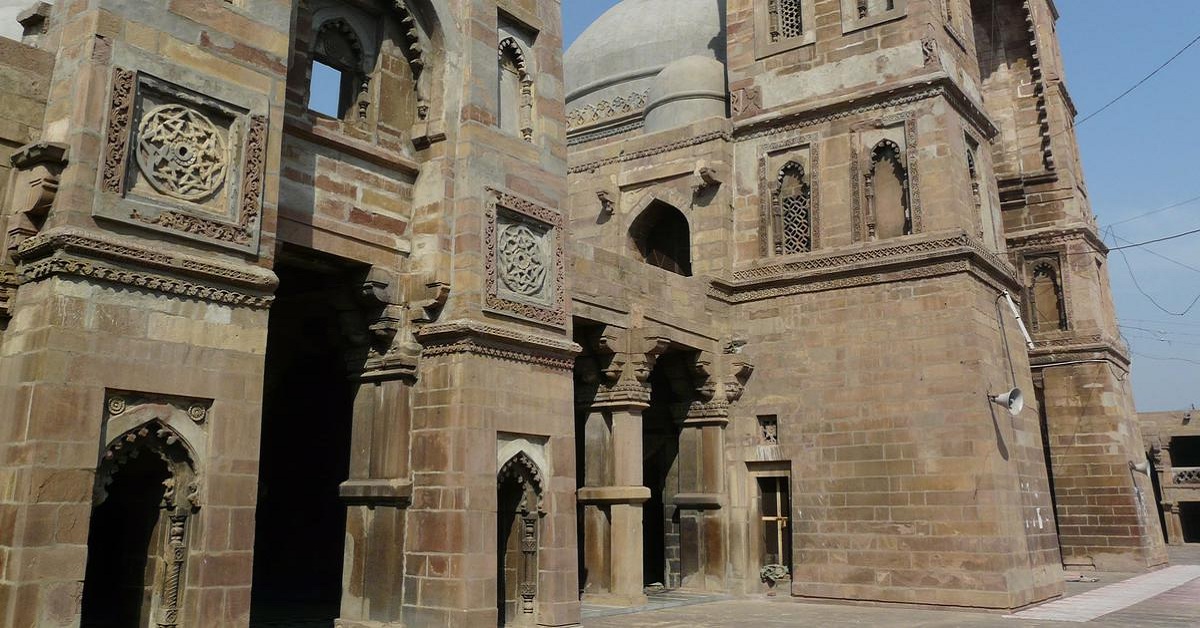The managing committee of the Atala mosque in Uttar Pradesh’s Jaunpur has moved the Allahabad High Court challenging a local court’s order directing the registration of a lawsuit by the Swaraj Vahini Association in representative capacity. Live Law has reported these developments on December 6. The suit reportedly claims that the mosque was originally an ancient Hindu temple.
Challenging the suit on technical grounds, the mosque committee argued before the High Court that the petitioner is a society registered under the Societies Registration Act, and therefore, not a “juristic person” under law who can engage in legal action of this nature. A juristic person is a legal entity that is treated as a person.
The mosque authorities have also argued that the property in question has always been a mosque since its construction in 1398 and that it has never been in the possession of followers of any other religion, nor do they have any title over the same.
The original suit was filed by the Swaraj Vahini Association in May before the Jaunpur Civil Court sought that the property be declared as a temple and that followers of the Sanatan religion have the right of worship therein. Sanatana Dharma is a term some people use as a synonym for Hinduism. The association had also sought a direction that would restrain non-Hindus from entering the premises.
The challenge has claimed that Raja Vijay Chandra built the Atala Devi temple in the 13th century, where Hindu rituals such as puja, sewa and kirtan were performed. Besides, in its own version of history the Swaraj Vahini claims that the temple was demolished during the rule of Firuz Shah Tughlaq in the second half of the 14th century, allowing for the construction of the mosque, the association claimed.
On July 25, a court-appointed team had reached the site to conduct a survey but had to return because the gates were closed, Dainik Bhaskar had reported. Ever since the parliamentary wing of the Rashtriya Swayam Sevak Sangh (RSS) assumed state power in 2014 in Delhi and then in 2017 in Lucknow, several such disputes of similar nature have come to the fore in recent weeks.
On November 24, violence even broke out in Uttar Pradesh’s Sambhal after a group of Muslims objected to a court-ordered survey of the Shahi Jama Masjid in Chandausi town. A trial court had ordered the survey in response to a suit claiming that the mosque had been built in 1526 by Mughal ruler Babar on the site of the “centuries-old Shri Hari Har Temple dedicated to Lord Kalki”. Police behaviour has come in for sharp criticism as five innocent persons were killed in the violence during the survey. Days later, on November 27, a Rajasthan court also admitted a petition claiming that the shrine of 13th-century Sufi saint Khwaja Moinuddin Chishti in Ajmer was built over a Shiva temple.
Atala Masjid or Atala Mosque is a 14th-century mosque in Jaunpur, Uttar Pradesh, India. It is located 399 metres at a distance away from Shahi Qila fort and one km away from the Jama Mosque says Wikipedia. Rebowned for its arches and architecture, William Hodges made a sketch of the mosque when he visited Jaunpur, and included it in his book Selected Views in India, Drawn on the Spot, in the Years 1780, 1781, 1782 and 1783, and Executed in Aqua Tinta.
Related:
Sambhal Mosque, Ajmer Dargah: how deep do we plunge into the abyss?
How the Ajmer Shrine Brings Alive the Spirit of Ramzan & Islam

